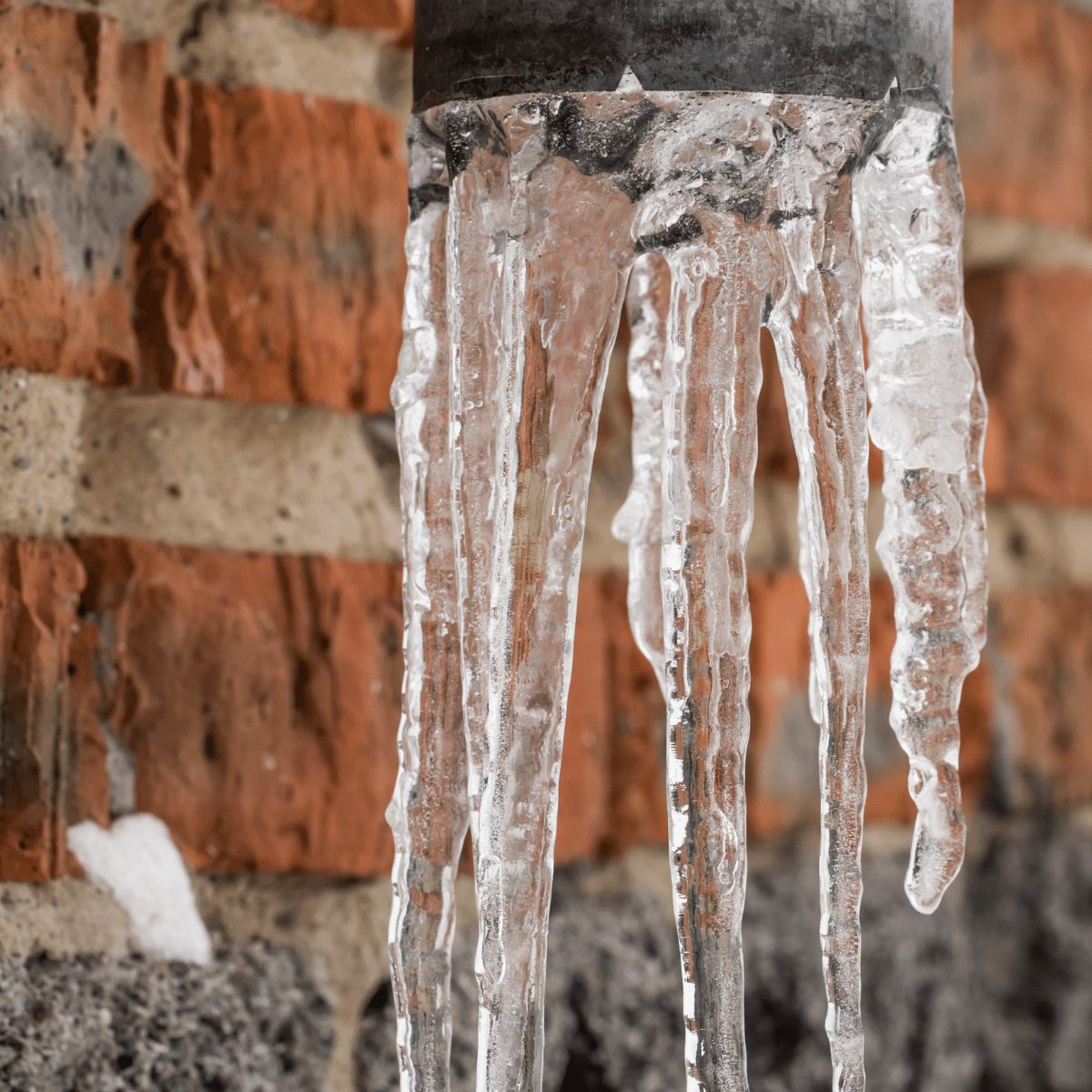How to Prevent Frozen Plumbing in Winter: Pro Advice
How to Prevent Frozen Plumbing in Winter: Pro Advice
Blog Article
Just how do you really feel about Winter Plumbing Precautions: Preventing Frozen Pipes?

Winter can damage your pipes, especially by freezing pipes. Below's exactly how to stop it from occurring and what to do if it does.
Intro
As temperatures drop, the risk of frozen pipelines increases, potentially resulting in costly repairs and water damages. Recognizing exactly how to prevent frozen pipelines is important for homeowners in chilly environments.
Avoidance Tips
Shielding prone pipes
Wrap pipelines in insulation sleeves or make use of warmth tape to shield them from freezing temperature levels. Focus on pipelines in unheated or outside areas of the home.
Home heating techniques
Maintain interior rooms effectively heated, specifically areas with pipes. Open up cabinet doors to permit warm air to distribute around pipelines under sinks.
How to determine icy pipes
Try to find lowered water flow from faucets, uncommon smells or sounds from pipes, and noticeable frost on revealed pipelines.
Long-Term Solutions
Structural adjustments
Think about rerouting pipelines far from outside wall surfaces or unheated locations. Include added insulation to attic rooms, cellars, and crawl spaces.
Upgrading insulation
Invest in top quality insulation for pipes, attic rooms, and wall surfaces. Proper insulation helps maintain constant temperature levels and lowers the danger of icy pipelines.
Safeguarding Exterior Pipes
Garden hoses and outdoor taps
Detach and drain yard pipes before winter. Mount frost-proof spigots or cover outdoor taps with insulated caps.
Recognizing Frozen Pipelines
What triggers pipelines to freeze?
Pipelines freeze when revealed to temperature levels below 32 ° F (0 ° C) for expanded periods. As water inside the pipelines ices up, it expands, taxing the pipeline walls and potentially creating them to burst.
Dangers and problems
Frozen pipelines can result in water disruptions, property damage, and costly repair services. Ruptured pipelines can flooding homes and create considerable structural damages.
Signs of Frozen Pipes
Identifying frozen pipelines early can stop them from breaking.
What to Do If Your Pipelines Freeze
Immediate actions to take
If you think frozen pipelines, maintain faucets open to alleviate pressure as the ice thaws. Utilize a hairdryer or towels taken in warm water to thaw pipelines gradually.
Verdict
Preventing icy pipes requires aggressive steps and fast reactions. By comprehending the reasons, indications, and safety nets, house owners can secure their plumbing during winter.
5 Ways to Prevent Frozen Pipes
Drain Outdoor Faucets and Disconnect Hoses
First, close the shut-off valve that controls the flow of water in the pipe to your outdoor faucet. Then, head outside to disconnect and drain your hose and open the outdoor faucet to allow the water to completely drain out of the line. Turn off the faucet when done. Finally, head back to the shut-off valve and drain the remaining water inside the pipe into a bucket or container. Additionally, if you have a home irrigation system, you should consider hiring an expert to clear the system of water each year.
Insulate Pipes
One of the best and most cost-effective methods for preventing frozen water pipes is to wrap your pipes with insulation. This is especially important for areas in your home that aren’t exposed to heat, such as an attic. We suggest using foam sleeves, which can typically be found at your local hardware store.
Keep Heat Running at 65
Your pipes are located inside your walls, and the temperature there is much colder than the rest of the house. To prevent your pipes from freezing, The Insurance Information Institute suggests that you keep your home heated to at least 65 degrees, even when traveling. You may want to invest in smart devices that can keep an eye on the temperature in your home while you’re away.
Leave Water Dripping
Moving water — even a small trickle — can prevent ice from forming inside your pipes. When freezing temps are imminent, start a drip of water from all faucets that serve exposed pipes. Leaving a few faucets running will also help relieve pressure inside the pipes and help prevent a rupture if the water inside freezes.
Open Cupboard Doors
Warm your kitchen and bathroom pipes by opening cupboards and vanities. You should also leave your interior doors ajar to help warm air circulate evenly throughout your home.

We were made aware of that article on Winter Plumbing Precautions: Preventing Frozen Pipes through a buddy on another web page. Enjoyed reading our blog? Please share it. Let others locate it. We love your readership.
Visit Link Report this page